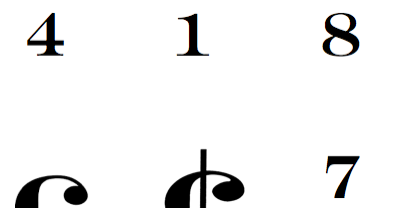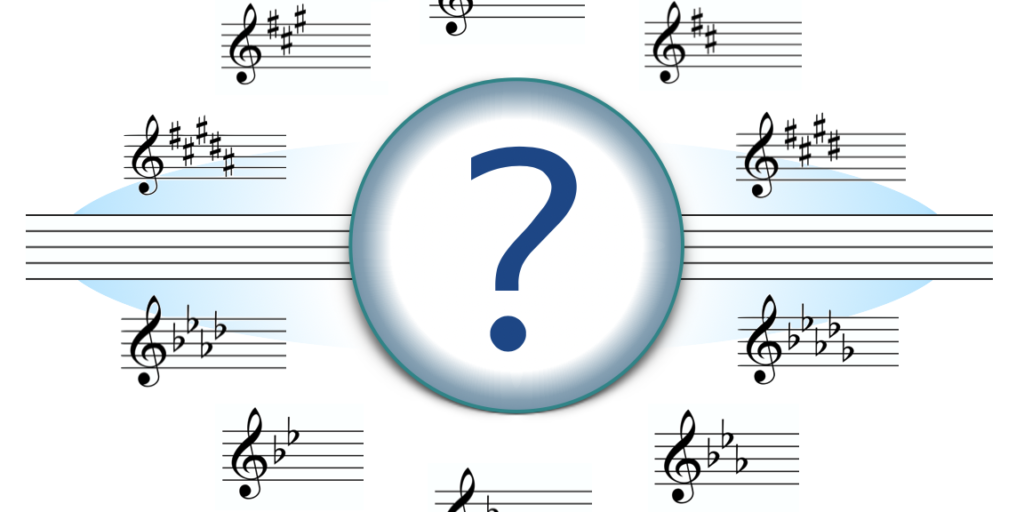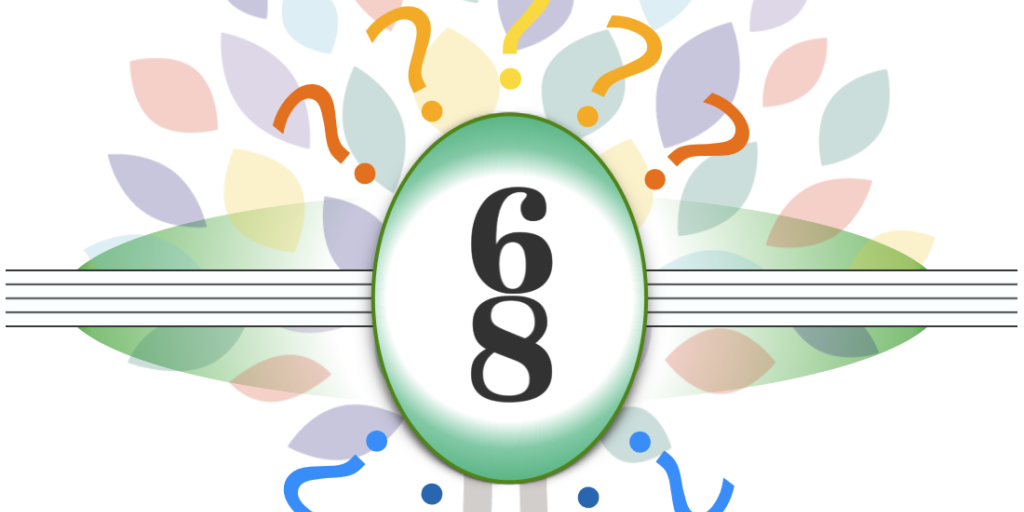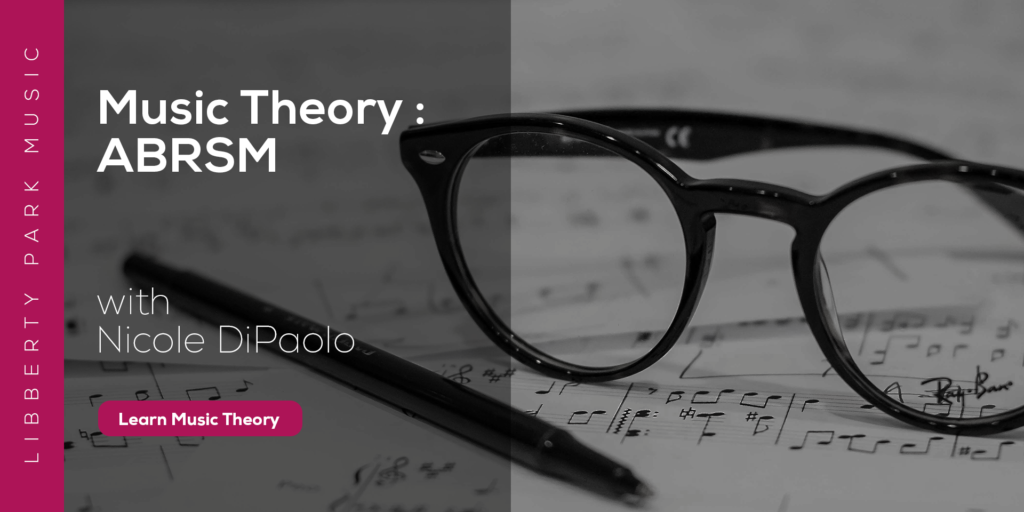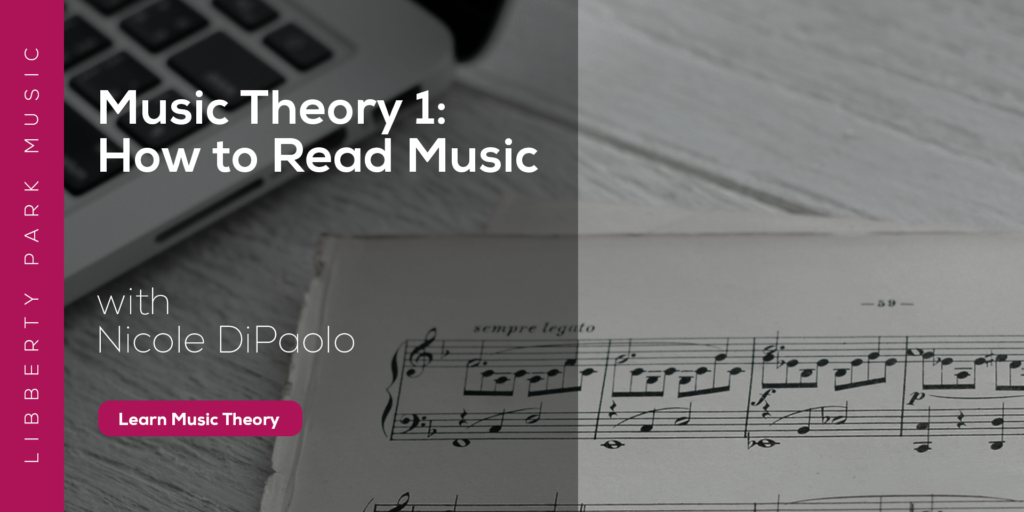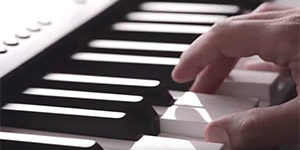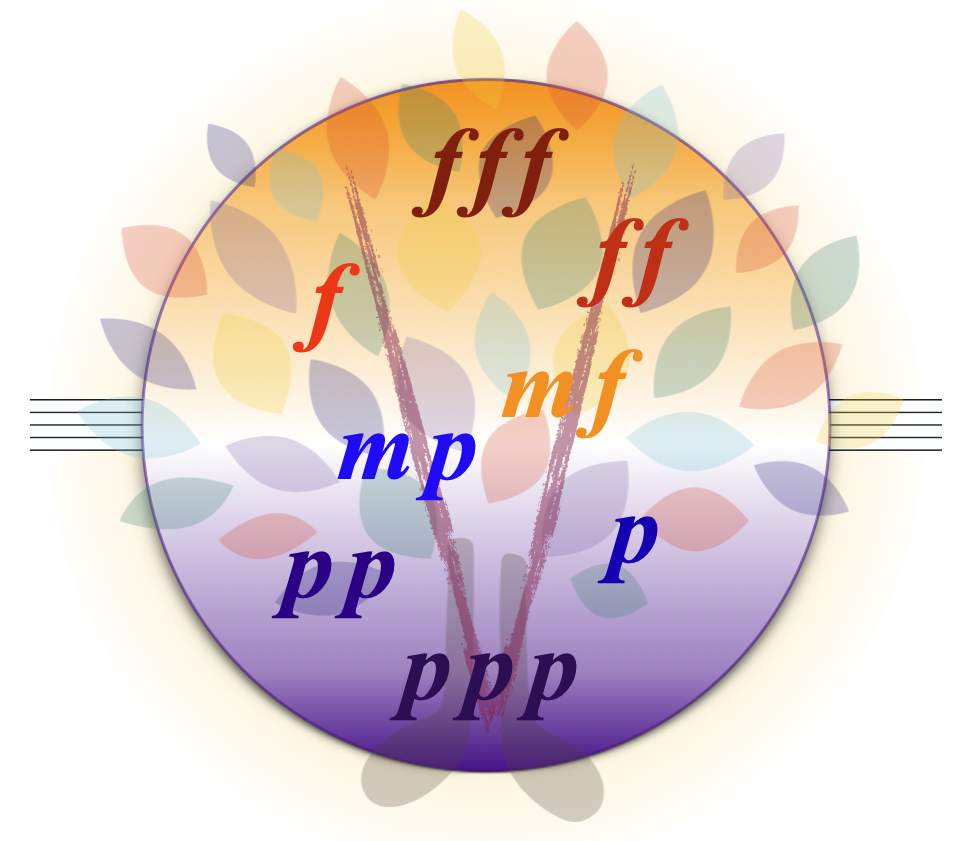
In music (or, more precisely, in music notation), we use a variety of symbols and written instructions to tell us how a piece of music should sound.
We use notes to tell us about pitches and how long they should be. We use slurs, staccato dots, and accents to tell us about how we should articulate the notes. We use tempo markings to tell us how fast the piece should be.
We also use special symbols to tell us how loud or soft the music should be, and these are what we call dynamics.
Dynamics (or dynamics markings) are volume instructions in music. Dynamics have been used in Western notation for hundreds of years, gaining in popularity and diversity during the Classical and Early Romantic period. Like tempo markings, dynamics markings traditionally use the so-called “language of music,” which is Italian. Composers have used other languages to indicate dynamics, but the original Italian terms (and their abbreviations) are still used heavily through the Western music world.
What are the different dynamics markings?
Below is a chart of the different traditional dynamics markings and their abbreviations:
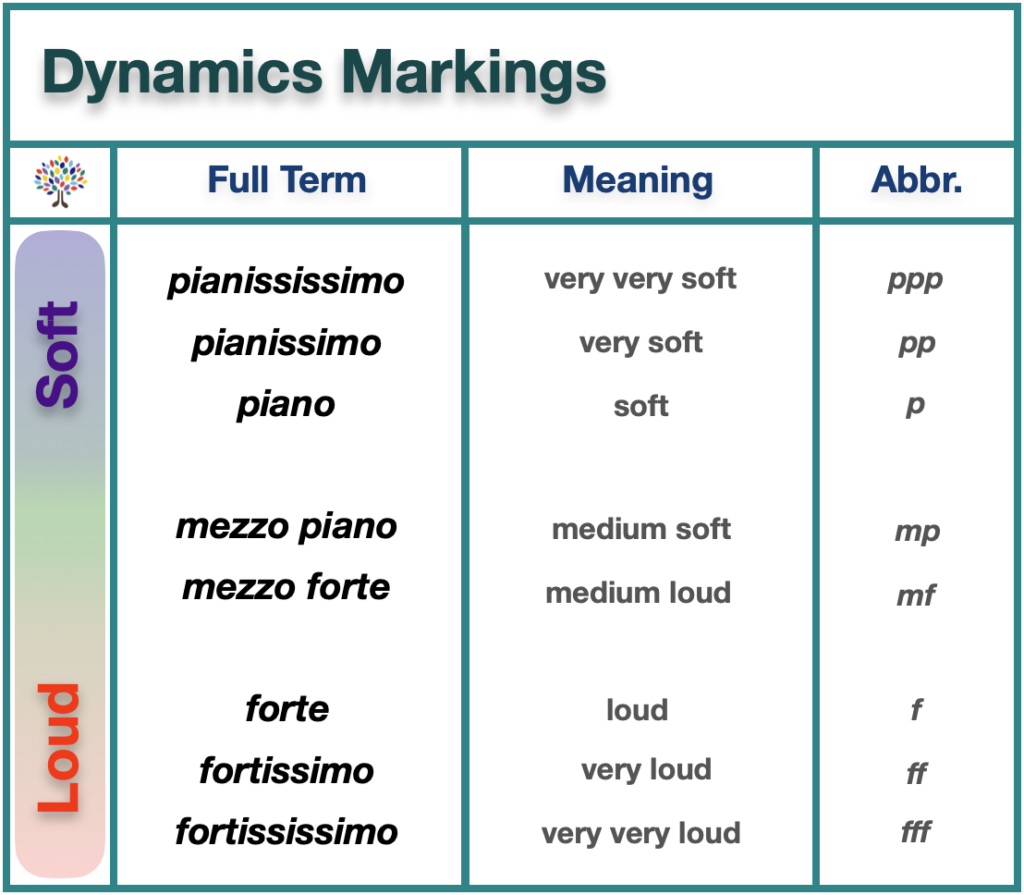
Note how different dynamic extremes progress by contributing to the same core word. Also note how there is no “medium” volume, but instead more moderate versions of loud (mf) and soft (mp).
It is important to note that the markings above work relative to one another in the music. For example, a soft (piano) instruction in one piece might be different from that in another (or even within the same piece), depending on the musical context, and on the intensity of the other dynamics. A basic p in a Mozart sonata might be the same real-world volume as an mp in a piece by Debussy, due to the difference in style and context.
Changing Dynamics
Music is rarely settled on a single volume for the duration of an entire piece. In addition to simply adding the different dynamics levels from above to different places to change the volume, we also have specific symbols to indicate when and how we change dynamics:
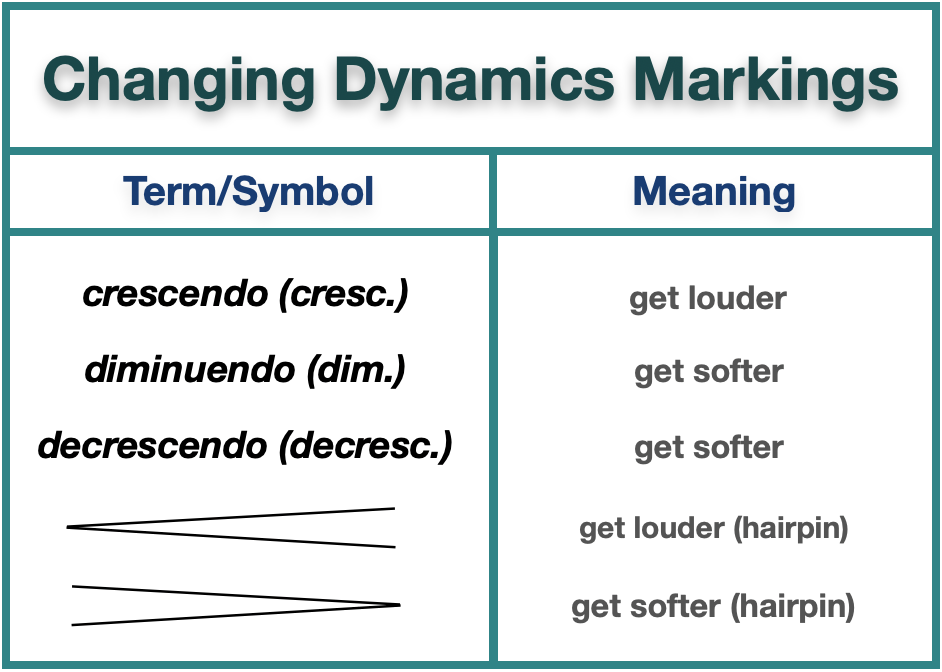
While all of these seem to indicate a version of “get louder” or “get softer,” they can have different meanings to a performer based on the context of the music. For example, while a “hairpin” symbol used to indicate an increase in volume might be played as a continuous rise, a “cresc.” marking might indicate a momentary surge of volume energy that naturally dies down shortly after it occurs.
Once again, the markings above are relative, and are not universally represented the same way in every piece.
Dynamics in Music Notation
Dynamics are seen in a variety of ways within music notation.
The most common way to see dynamics in piano music is as an abbreviation between the two staves of the grand staff:
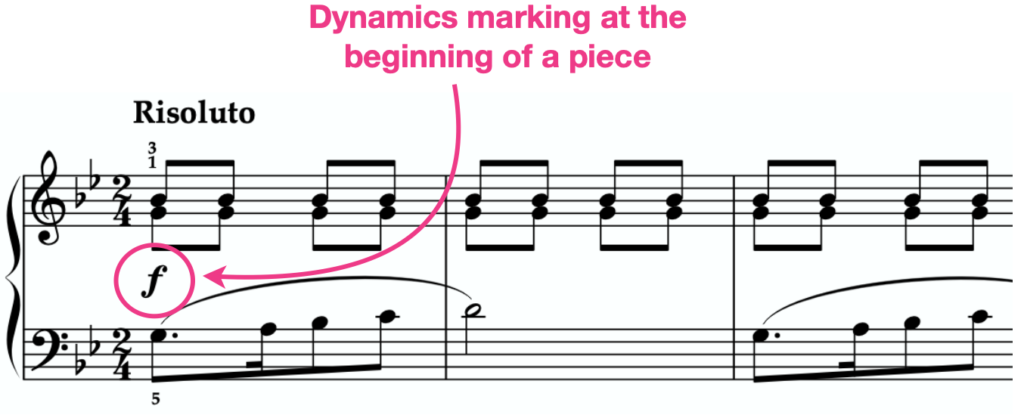
A very basic way to change dynamics within a piece is to simply insert a different dynamic where the change is desired:


Sometimes a composer will be more specific about which parts of the music are to be a certain volume. This is done by clearly placing the dynamics marking near the phrase of choice. This can be used to instruct the performer to play multiple dynamics within a given passage:

Markings for changing dynamics have similar guidelines for placement. They are typically found in the center of the grand staff, but can be placed closer to specific phrases to provide a more detailed instruction:




Thanks for checking out this article from Liberty Park Music! If you liked what you saw here, you can find more in our blog at libertyparkmusic.com. We also have a YouTube page! And if you're really ready to take your music training to the next level you can subscribe to our site and gain access to a full spectrum of piano, guitar, drum, and music theory lessons.
Sign up for our free newsletter
Useful articles for musicians
About the Author: West Troiano
West has over 10 years of teaching experience in settings that vary from private studios to college classrooms. In addition to teaching through traditional forms of piano pedagogy, West frequently produces music and teaching materials that cater to the needs of his students. Check out West's course on Piano Etudes for both beginners and intermediate pianists.


